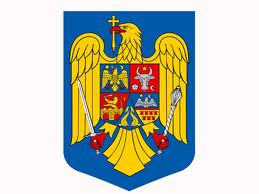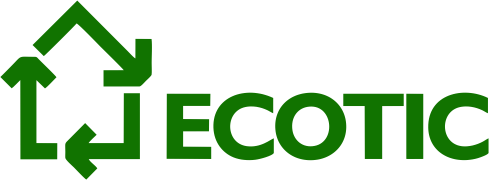On April 6th 2015, The Ministry of the Environment, Waters and Forests published the Governmental Emergency Ordinance 5/2015, which transposes Directive 2012/19 / EU and revokes Governmental Decision 1037/2010 on its taking effect on April 16th 2015. 
The Ordinance is currently debated in the Parliamentary commissions and will be proposed as law in a plenary session.
The Directive brings changes to the field of WEEE, being mainly and actualization of the old directive from 2003.
In order to increase performance in collecting and recycling of WEEE in environmentally friendly conditions, the Directive and implicitly GEO 5/2015 aim to define with more clarity some terms, to simplify the highlighting of EEE and WEEE (by changing framings starting with 2018) and establish clearer responsibilities. Meanwhile, the directive on waste has also been reviewed (and transposed in Romania through Law 211/2010) so an adaptation to the newly defined terms was necessary - for example, we no longer spoke of “selective collection” but of “separate collection”. .
As far as consumers are concerned, they are informed on the amount contained in the price of an EEE that pays for the recycling of that equipment and of the one generated by the respective buy. The consumer must be informed on the possibility of bringing to the store (or hand in when buying - for example online) the old equipment, at least free of charge. For very small WEEE (with any side smaller than 25 cm) consumers should know that they can take them to any store that has electronics on sale on an area of more than 400 sqm.
The public should have access to a public WEEE collection service either as a local collection center or as a quarterly mobile collection mechanism.
Producers are deemed responsible for reaching collection target rates: 40% in 2016, 45% between 2017 and 2021 and 65% starting with 2021; targets were calculated based on the average number of EEE marketed in 3 previous years. In order to reach these targets, the authorities have clearly defined who can collect WEEE, as well as who can treat WEEE. Thus, except for the public collection service and distributors, only operators under contract with producers or collective organizations or operators who treat WEEE for producers will be allowed to collect.
Another element that will impact both producers and operators in the WEEE flux is the restructuring of the EEE / WEEE categories from 2018, from 10 categories into 6, following the streams from the operational area: heat transfer equipment, equipment with screens, lamps, large equipment, small and hi-tech equipment.
Producers and operators of WEEE treatment are obliged to reach recycling and valuation targets, calculated on a new formula: the quantity of fractions that entered the valuation installation / reported recycling on WEEE quantity collected in the respective year.
Collective organizations have received a new definition that contains the term "exclusive" when it comes to the activity of taking over and accomplishing various responsibilities.
Another novelty is the minimum requirements for transfers outside the borders of Romania, thus clarifying what should accompany EEEs that resulted from WEEEs treated for reuse (annex 12).
GEO 5/2015 stipulates that subsequent Ministry Orders will follow within 90 days from the issue date, Orders that will hopefully bring further clarifications.
Time will tell if these changes will bring progress within the national WEEE management system that is at the moment affected by fictitious reporting, irresponsible operators and immobile local authorities.
Dear Monk
General Director of ECOTIC
